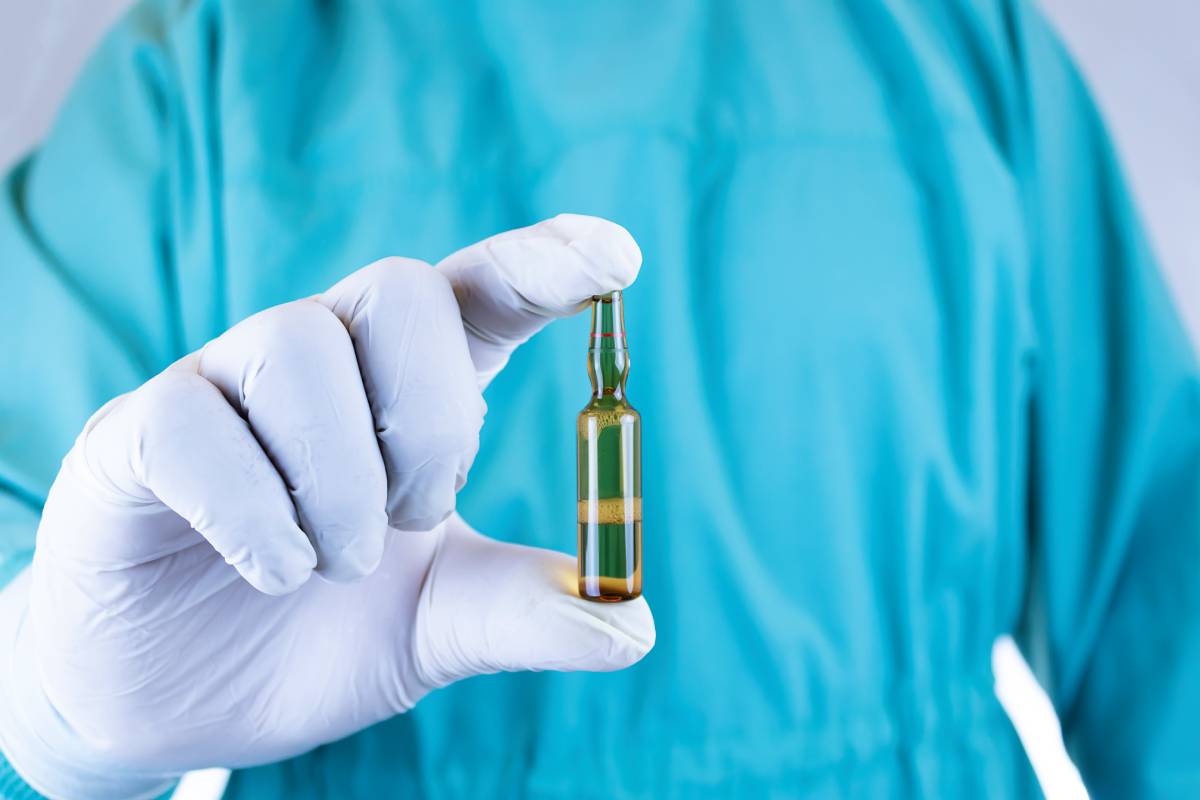Ephedrine is a medication used to manage or treat low blood pressure, also known as hypotension. It is most commonly used perioperatively to treat hypotension induced by anesthesia, though it has also been used to treat asthma and bronchitis.1 First described in western literature in 1888, ephedrine is a naturally occurring component of the ephedra plant and is on the World Health Organization’s List of Essential Medicines.2
Anesthesia lowers blood pressure by decreasing cardiac output and peripheral resistance.3 To combat this, ephedrine raises blood pressure via two primary mechanisms, one direct and the other indirect. In the direct mechanism, ephedrine binds to and activates alpha-adrenergic and beta-adrenergic receptors. The binding of ephedrine to alpha-1-andrenergic receptors in blood vessels causes a rise in vascular resistance and a subsequent rise in blood pressure, and the interaction of ephedrine with beta-1 receptors, located in the heart, leads to an increase in heart rate.4 In the indirect mechanism, ephedrine prevents the reuptake of norepinephrine by neurons and displaces norepinephrine from storage vesicles in cells. This causes norepinephrine, which also raises blood pressure by binding to alpha and beta receptors, to remain in the synapse for longer and exert a greater effect.4
Historically, ephedrine has been considered the “gold standard” among vasopressors — drugs that cause the constriction of blood vessels — due to its safety and ready availability.5 However, more recent research suggests that epinephrine-based medications may be more effective and safer in reversing anesthesia-associated hypotension. In a 2018 study, researchers administered ephedrine and norepinephrine to two separate groups of patients undergoing spinal anesthesia for caesarean delivery.5 Hypotension and hypertension episodes were lower in the norepinephrine group, as were instances of abnormally slow or fast heart rate. In a separate study, patients with coronary artery disease who received norepinephrine to prevent spinal anesthesia-induced hypotension while undergoing knee arthroscopy had better maintenance of systolic blood pressure and heart rate compared to patients who received ephedrine.5
Ephedrine, however, does seem to have other advantages over epinephrine-based drugs. Phenylephrine has been found to be associated with a higher rate of postoperative delirium compared to ephedrine,6 and ephedrine has a higher plasma half-life than both phenylephrine and norepinephrine.4
Though ephedrine is generally effective and safe, the drug is not without its side effects. Ephedrine can produce headaches, dizziness, nausea, vomiting, fast heart rate, and loss of appetite. It is also arrhythmogenic, or capable of producing irregular heartbeat rhythms.4 Clinicians should therefore be especially careful in administering ephedrine to patients predisposed to arrhythmias. Unsurprisingly, a contraindication of ephedrine is acute hypertension and tachycardia, or an abnormally fast heart rate.4
The same properties and mechanisms that make ephedrine an effective medication for reducing anesthesia-induced hypotension make it an effective decongestant and bronchodilator. It reduces swelling by constricting blood vessels in nasal passages, and it widens the bronchi by binding to beta-adrenergic receptors in the lungs.1 Depending on the use and dosage of ephedrine, it can be administered intravenously, orally, or nasally. Medical professionals seeking to administer ephedrine for anesthesia-related hypotension, or otherwise, should ensure that their patients’ medical histories and conditions make them a good fit for the medication.
References
1. PubChem. Ephedrine. https://pubchem.ncbi.nlm.nih.gov/compound/9294.
2. WHO Model Lists of Essential Medicines. https://www.who.int/groups/expert-committee-on-selection-and-use-of-essential-medicines/essential-medicines-lists.
3. Moffitt, E. A. & Sessler, A. D. The circulation in anaesthesia. Can. Anaesth. Soc. J. 11, 173–181 (1964), DOI: 10.1007/BF03002194
4. Statler, A. K., Maani, C. V. & Kohli, A. Ephedrine. in StatPearls (StatPearls Publishing, Treasure Island (FL), 2024).
5. Ali Elnabtity, A. M. & Selim, M. F. Norepinephrine versus Ephedrine to Maintain Arterial Blood Pressure during Spinal Anesthesia for Cesarean Delivery: A Prospective Double-blinded Trial. Anesth. Essays Res. 12, 92–97 (2018), DOI: 10.4103/aer.AER_204_17
6. Ma, H. et al. Intraoperative Use of Phenylephrine versus Ephedrine and Postoperative Delirium: A Multicenter Retrospective Cohort Study. Anesthesiology 140, 657–667 (2024), DOI: 10.1097/ALN.0000000000004774
